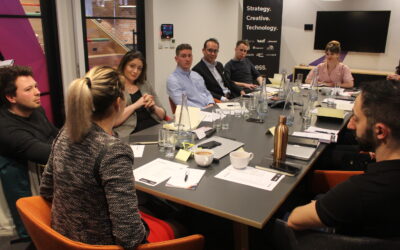Review: Influencer Marketing – Prolific North Roundtable Discussion
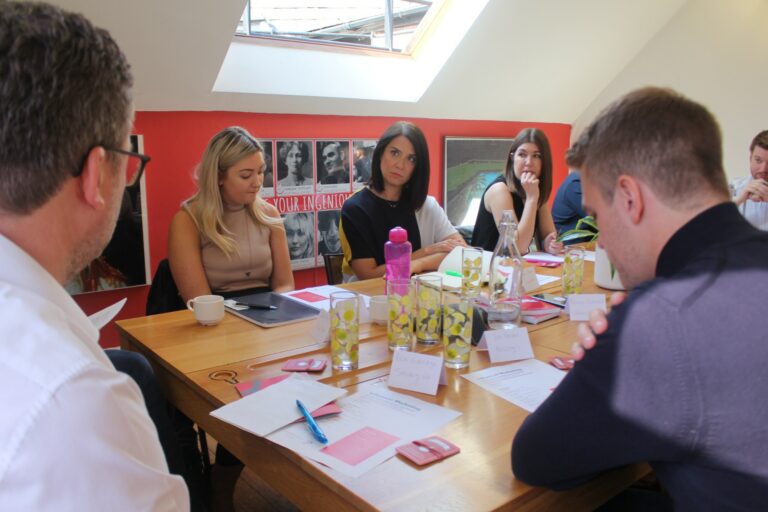
-
by Josh Peachey
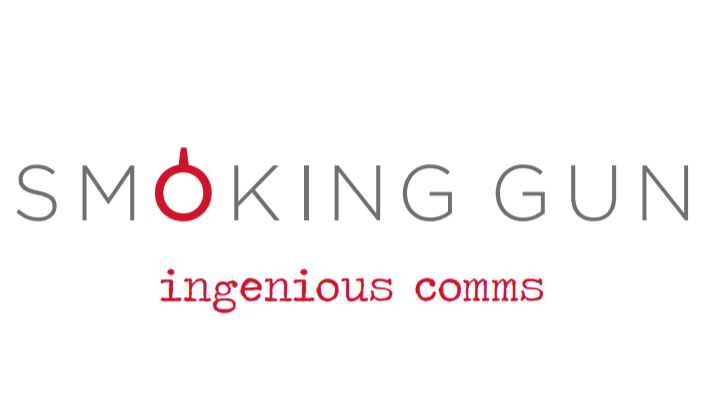
Despite a rise in popularity, the use of Influencer Marketing is still an unpolished tool. The strategy requires companies to strike up the right relationship with like-minded individuals, in order to grow the brand. When it works, it can benefit both parties, but it’s easier said than done.
In a world where people can buy fake followers on social media platforms, there’s an art to accruing a loyal and authentic audience.
On Thursday May 16th, Prolific North brought together 10 leading figures from a range of companies across the North for an insightful and stimulating discussion on the topic.
You can download Smoking Gun’s latest report on Influencer Marketing here.
Chaired by David Prior, Editor of Prolific North
Co-host: Rick Guttridge, Smoking Gun PR, Managing Director
Attendees:
-
Joe Harper, Kellogg’s, Head of Social for UK & Ireland
-
Melanie Eastwood, Webbox (Pets Choice), PR & Social Manager
-
Sam James, Spectrum Brands, Digital Marketing Manager
-
Ali Kazem, Hilti, Regional Social Media Manager for Northern Europe
-
James Bell, Arla Foods, Digital Marketing Manager
-
Ellie McGuirk, Booths, Marketing Executive
-
Molly Cookson, Booths, Digital Marketing Executive
-
Sarah Williams, Rugby AM, Client Director
-
Caroline Beesley, Co-op, Head of Digital Marketing
-
Andrea Tarpey, On the Beach, Head of Comms and Content
The changing definition of ‘influence’
David Prior (Prolific North) started the discussion by comparing some big names on a list of history’s most influential people to people who have amassed extremely large followings on Instagram. The sector now faces a battle to overcome cynicism. After recalling the notoriously bad sponsored-post on Scarlett Dixon’s Instagram feed for Listerine mouthwash – which generated thousands of comments and serious press coverage – he asked the table whether authenticity actually matters.
Andrea Tarpey (On the Beach) said how her company is constantly approached by Influencers with great follower numbers who are looking for holidays to post about, but their feeds are presenting an overly-idyllic scene. Even though they have the chance to create those sort of posts, they choose not to because it’s not the image they want to portray as a brand. It doesn’t ring true with customers and they would see through it.
Caroline Beesley (Co-op) stated that solely focusing on statistics risks being very short-termist whereas a partnership with trust and authenticity creates more longevity. Going with a big name might generate conversation but if the residing sentiment is that it was a gaff or a mistake, then it could have a long term negative impact for both the brand and the influencer.
Sam Jones (Spectrum Brands) pointed out that there’s often an offset between relevance and reach. Irrespective of however many mentions the post gains, people could end up speaking about your brand negatively if the post doesn’t portray the brand in a desirable way.

Joe Harper (Kellogg’s) said that the first step of producing a good influencer campaign is identifying what your objectives as a brand are, using Kellogg’s rebranding of their fibre range as an example. Their main aim was to promote the importance of gut health by focusing on the wellness benefit. People they worked with needed to have credibility in that field, to naturally talk about that content without it looking out of place on their channel.
Rick Guttridge (Smoking Gun) drew everybody’s attention to brand-building studies from the IPA (Institute of Practitioners in Advertising) which concluded that whilst ‘direct response’ might give an instant uplift, in the long term, it runs its course. Taking time to build credibility in the brand is definitely the way to go but it can be hard if you’ve got shorter-term pressures. Protecting the brand is key.
Andrea Tarpey (On the Beach) insisted that companies have to do due diligence on anyone who you’re going to be working with who is effectively going to be a spokesperson for your brand.
Forming long-term partnerships for advocacy
Melanie Eastwood (Webbox) spoke about how a campaign they had run for chicken feed with a big name influencer who owned chickens, yielded disappointing results. In contrast, when they re-worked the campaign with a number of more micro-influencers who were more relatable, they focus on relevance paid off.
James Bell (Arla Foods) mentioned that he used to work on the GHD accounts and met Zoella – a household YouTube name – who was already using the products. They asked her if she wanted to do some videos and she did it for free. The fact that she already loved the products, meant that GHD still has her as an ambassador for the brand. It was before she went global. The really authentic influencers are the ones just on the cusp of becoming famous and they just need that help from brands for them to leave their day jobs. Long-term authentic partnerships are the reward.
Ali Kazem (Hilti) said that the actual marketing of Fyre Festival was brilliant. The organisers created a premium luxury brand image and chose the right people to work with to enhance that image. They managed to end up working with high-profile macro-influencers because they offered celebrity models an experience: the two-day festival to film the promo video.
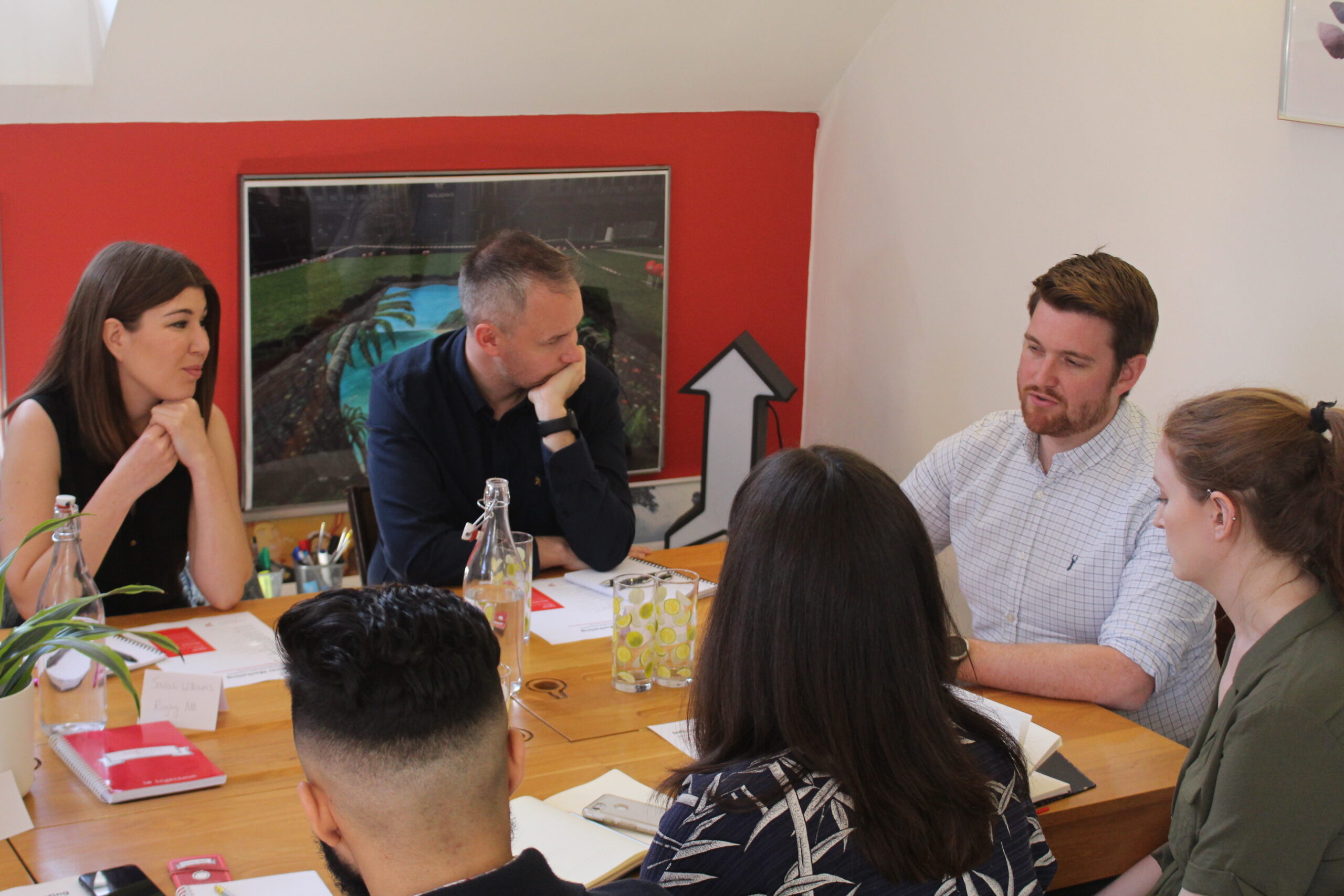
Rick Guttridge (Smoking Gun) said that Fyre was an example of how money can buy an experience for influencers. Rather than just paying influencers to produce content, it’s about what else can you do for them, whether you’re actually paying them or not.
A real need for responsible regulation
David Prior (Prolific North) moved onto the issue of regulation, noting how Twitter and YouTube have recently purged inauthentic accounts, Instagram has clamped down on users buying followers, and Facebook has focused on privacy. He asked the table whether this sort of regulation is a good thing.
Joe Harper (Kellogg’s) passionately argued that the Advertising Standards Authority aren’t doing enough to properly regulate social media. He said they’re looking to make an example of brands, whilst not regulating high-profile influencers enough, especially when they’re promoting health trends like veganism without sufficiently outlining how difficult it is to maintain a vegan diet. Influencers have a responsibility for the number of young people experiencing weight issues and malnutrition, Joe argued, and if Kellogg’s or Arla even try to talk about food, they “get regulated up to their eyeballs”.
Sam Jones (Spectrum Brands) said that a lack of clarity often puts brands in a confusing position, stating that half the time, the ASA doesn’t tell you clearly what needs to be fixed. It’s not clear at all.
Joe Harper (Kellogg’s) spoke about a situation where Kellogg’s were deemed to be marketing towards children because they had liked a post on social media which they had been tagged in which showed a family eating a cereal which was HFSS. Joe said that Kellogg’s had taken several learnings from this instance as well as others, and suggested that moving forward Kellogg’s would be keen to work with the ASA to help them understand the context of certain social engagements and actions which they are regulating.
David Prior (Prolific North) pointed out how the algorithms on social media platforms are changing all the time and recently, Twitter’s algorithms make it seem like you are endorsing or promoting it if you like it because it shows up in more timelines.
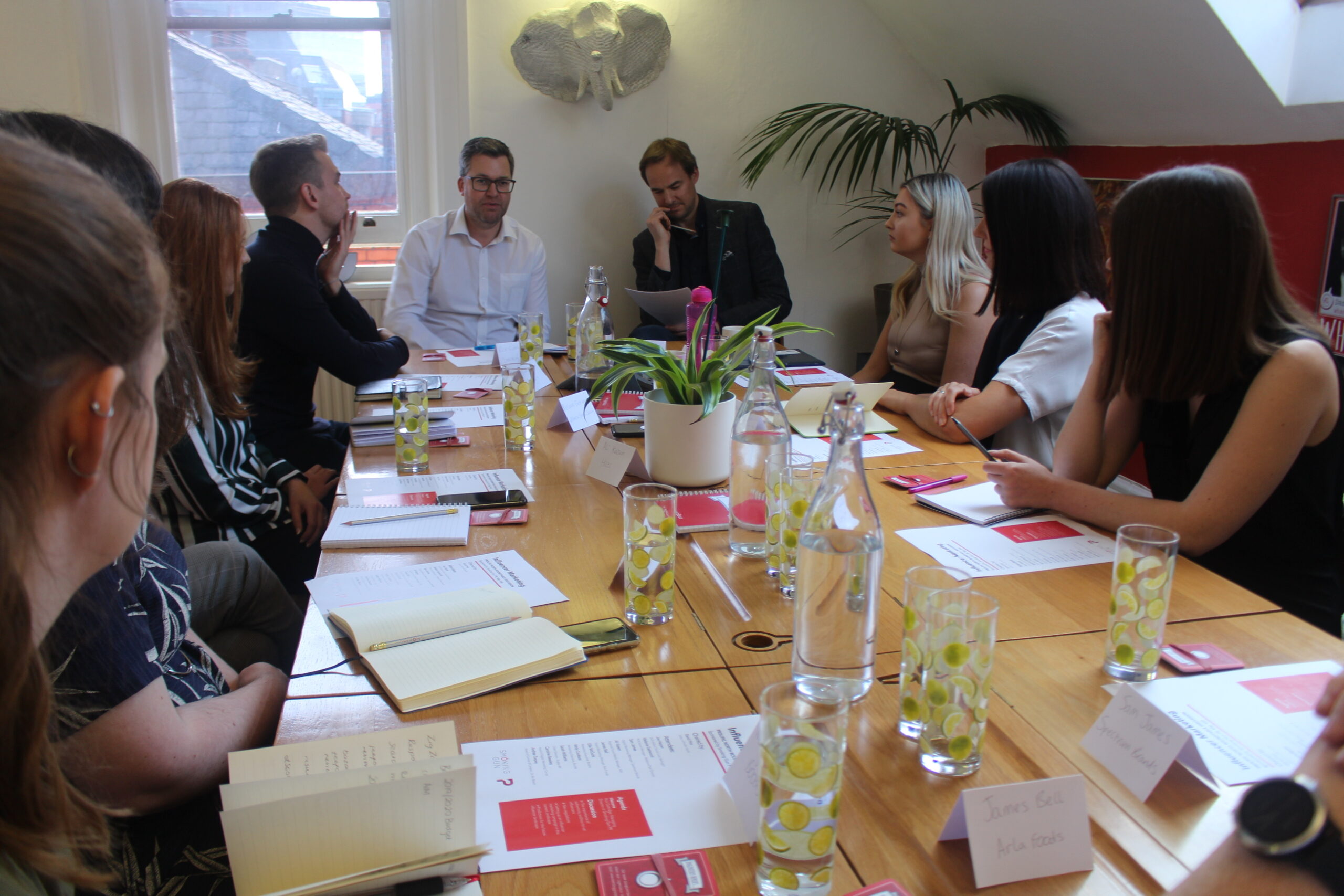
James Bell (Arla Foods) said that it doesn’t help marketers to not have clear rules in place. It’s difficult to find influencers that companies can rely on to be doing the right things, and even trickier when brands don’t know what the rules are. Arla often have a nightmare with thousand of vegan accounts commenting on any of their social posts promoting their dairy products, and they have the hard task of trying to get their farmers not to respond, to prevent online arguments happening. How do you control the virality of those kinds of conversations that can damage your brand?
Caroline Beesley (Co-op) pointed out how a lack of regulation also hurts the audiences. Everyday people are becoming minor celebrities and I think these regulations have a lot more of a job to do in order to actually look after users themselves, rather than brands. The industry needs to define what the ethics of influencer marketing are.
Rick Guttridge (Smoking Gun PR) brought up the notion of the industry self-regulating itself, as bodies or networks weren’t doing enough.
James Bell (Arla Foods) highlighted the difficulty of trying to implement rules on social media globally. Social media is borderless. You can’t just apply some rules in the UK or Europe, it has to be done everywhere.
Caroline Beesley (Co-op) believes that It’s been a positive move to see Facebook, Twitter and YouTube come together and come up with some solutions around terrorist-content and how they handle that together. Something she’s tried to champion with them is that they should share tools on protecting society, the ethics of kids, child’s safety. Now that they’ve got forums running to discuss issues like this, hopefully regulating influencing will get covered.
Metrics that matter for influencer campaigns
David Prior (Prolific North) was keen to hear about the steps involved in an influencer marketing campaign, especially how brands at the table tracked ROI and tackled dark social.
Ali Kazem (Hilti) spoke about when his company launched a new industrial vacuum cleaner. They chose to work with a YouTuber handyman and asked him to be completely truthful about the product, and sent him a tracking link to include. They used a tool called Terminus to provide metrics on the link, which was used in the description of any posts that the influencer uploaded. They managed to cross reference the tracking process but found a gap, which they concluded was dark social.
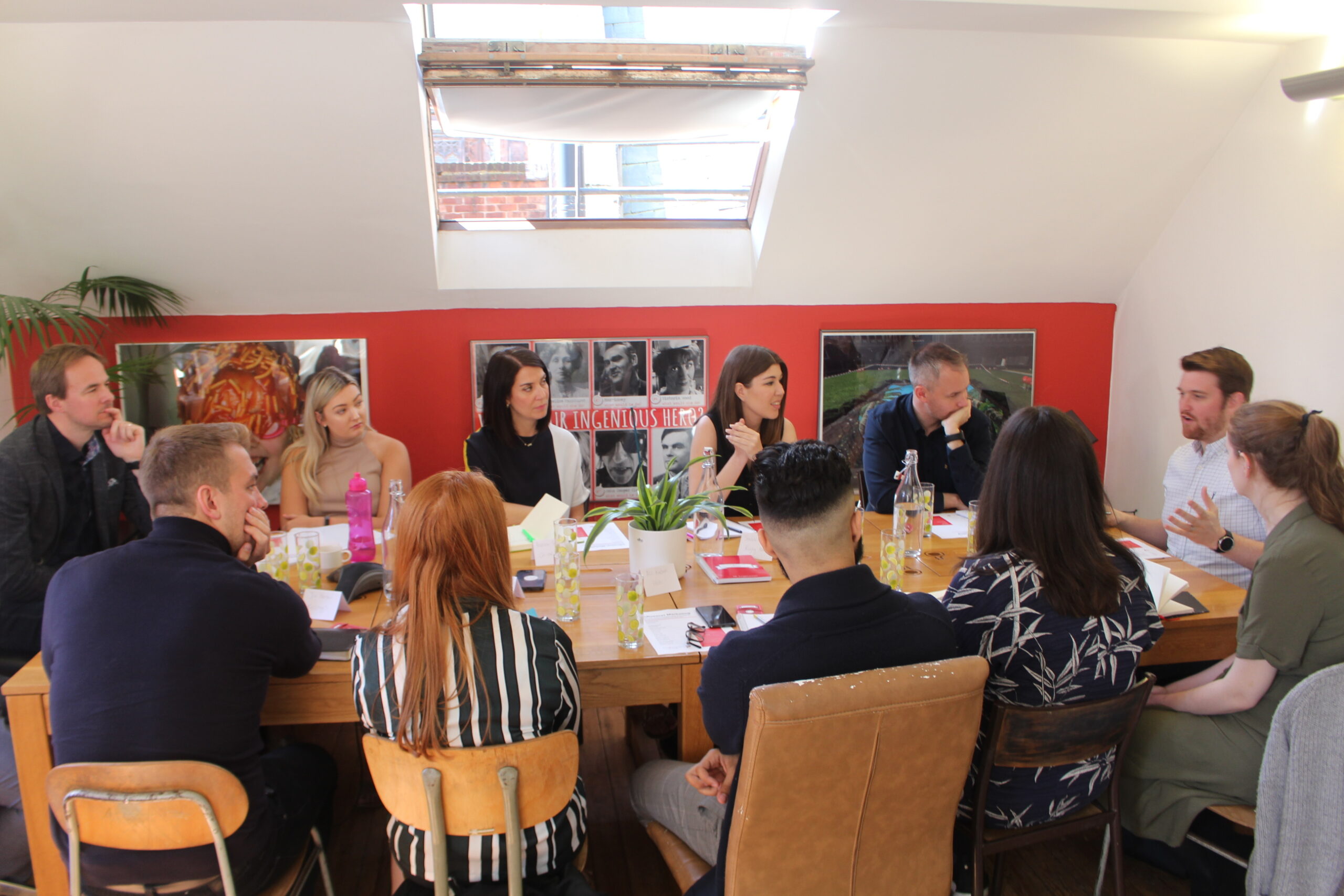
Joe Harper (Kellogg’s) said that metrics gets even more complicated when working with FMCG, when companies don’t have access to a direct consumer platform. He said that the number one issue of influencer marketing is the measurability of the strategy. Especially when there are so many likes from followers that aren’t genuine, it’s hard to know whether it’s worth putting money into.
Ali Kazem (Hilti) stated that was the reason why brands were opting to work with micro-influencers. Their audience tends to be more genuine and have a more engaged and credible following.
Rick Guttridge (Smoking Gun) stated how 63% of people now prefer to share recommendations or content in the dark social. It might just be because they prefer to do it in private but it harks back to old-fashioned word of mouth. 82% of those referrals apparently happen in Facebook Messenger.
Caroline Beesley (Co-op) detailed how the Co-op creates microcosms to measure the sentiment of branding or content, using colleagues as influencers in their own circles across the country. They treat them as a segment to try and control that conversation about Co-op, and have joined that whole strategy with HR, PR and their influencer programme, to really turn that into advocacy.
James Bell (Arla Foods) said that in terms of boosting advocacy, Arla does a bit to reward advocates of the brand, but not enough. After a polish chef, who had Lurpak tattooed on his arm, got 35,000 retweets for his love of the brand, the company sent him a set of Lurpak-branded chef’s knives. Billy Vunipola, the England Rugby player, drinks lots of milk because he has low calcium density in his bones, and he just so happened to drink loads of Cravendale so they’ve provided him cravendale for free for life.
Sarah Williams (Rugby AM) told everyone about a tool she had used whilst working at a football club which looked for negative social, ranked it based on the influence it held within the environment and then flagged it up to the relevant customer service department.
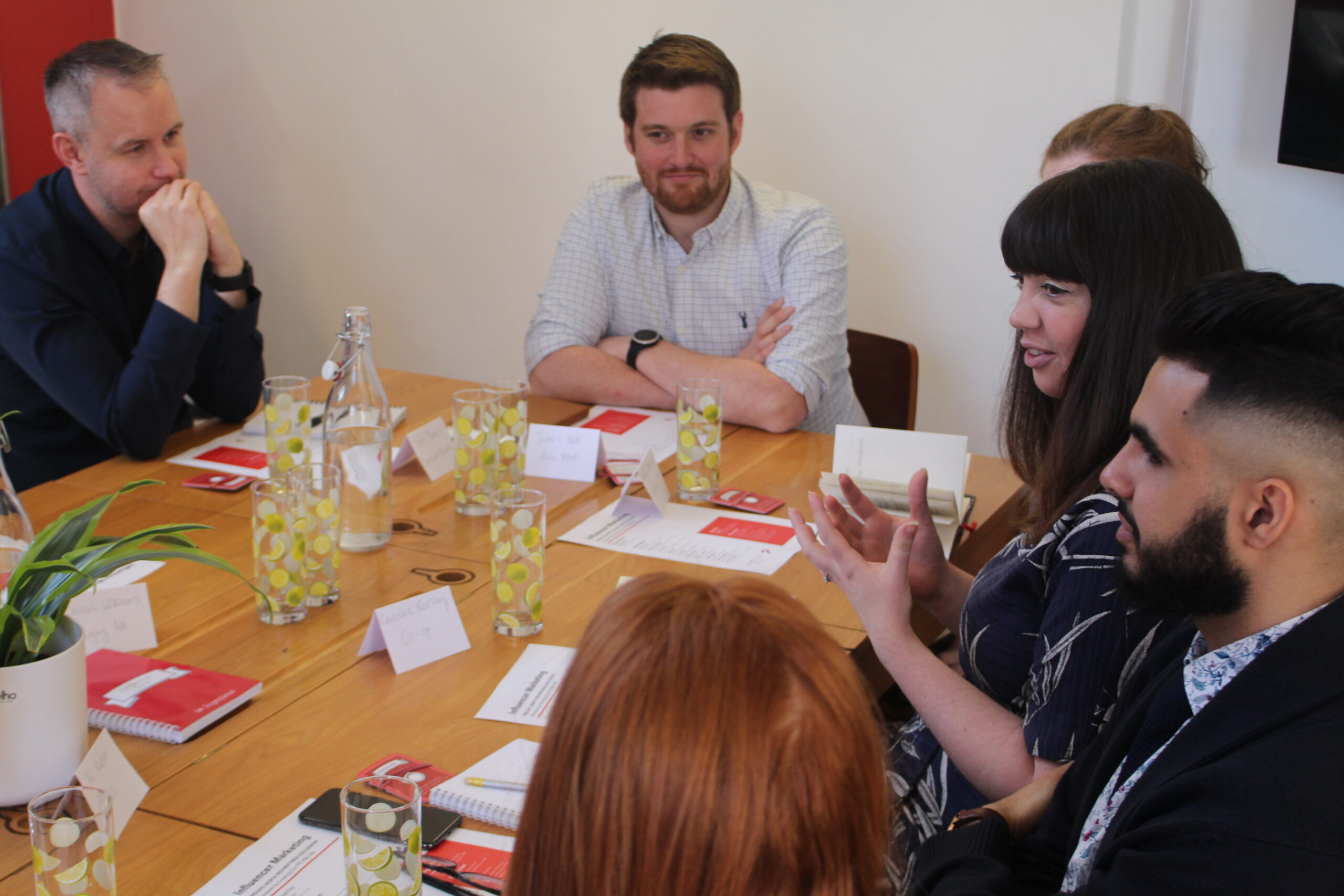
Refining influencer marketing strategy for the future
David Prior (Prolific North) asked attendees to look to the future to consider what sort of changes the sector will see, in terms of marketing strategies and content from influencers.
Melanie Eastwood (Webbox) foresaw a move into the next stage of authenticity, with podcasts becoming a useful tool for influencers who want to keep a conversation going. A rustic feel that people that now crave. According to Melanie, the highly-engineered feel is now just a turn off for many.
Andrea Tarpey (On the Beach) spoke about the backlash to people presenting an overly-perfect lifestyle on social media. Users are becoming anxious about how their own lives don’t live up to people they admire or follow. Content will be more tuned-down, making it more real-life. Andrea believes that perfection is not sustainable, not realistic and actually quite damaging.
Sarah Williams (Rugby AM) said that they’ve had a lot more requests for longform videos since smartTVs took off. Now YouTube is on your TV, it’s become a channel and influencers have an opportunity to capitalise on this.
James Bell (Arla Foods) agreed with Sarah, stating that Facebook has revised their earlier advice of ‘short videos do well’ and have said recently how they will reward high-quality episodic content, as it will improve the quality of feeds for users.
Sam Jones (Spectrum Brands) predicted that influencers will play a huge role in improving the quality and relevance of content because of the creative talent they have.
David Prior and Rick Guttridge agreed that the morning’s discussion had been stimulating and thanked everyone for giving up time to attend and sharing their insight on the topics covered.

